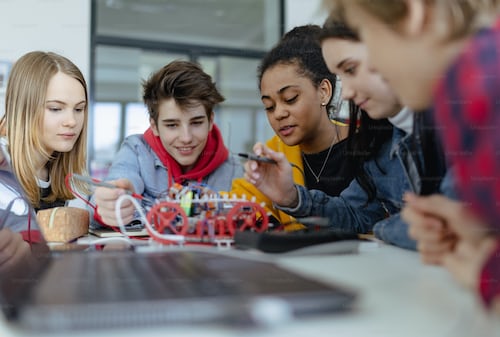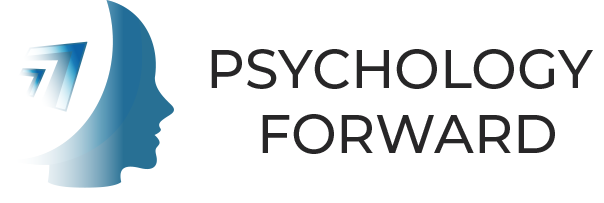
Self-Advocacy for High School Students with Learning Disabilities During Distance Learning
High school students with learning disabilities are at increased risk for falling behind during distance learning. In the traditional learning environment, children with identified learning disabilities typically have access to special education services and accommodations. The provision of special education services through an Individual Education Plan (IEP)enables these students to overcome learning challenges. These services are often instrumental in helping these identified learners achieve academic success.
The present health crisis has rendered students with learning disabilities vulnerable for not receiving traditional special education services and accommodations that would have been otherwise delivered. With little preparation during this unprecedented change in the educational delivery model, educators are doing their best to meet the needs of all students. Despite this commitment to ensuring that all students receive optimal support, distance learning poses challenges to the implementation of IEP services that would have ordinarily been implemented prior to the suspension of on-campus learning.
It is vital that students with learning disabilities take actionable steps though self-advocacy to ensure their learning needs are being met. High school students in particular have more expectations towards independent, self-guided learning under these new conditions. High school students with learning disabilities are encouraged to take the following steps to ensure an optimal learning environment and access to accommodations that support their disability.
Self-Advocacy
Self-advocacy is the process of taking ownership to ensure that a student’s specific learning needs are being met. Through self-advocacy, students understand how their disability affects their success in school and learn to take specific measures to ensure they are receiving optimal support.
High school students who have identified special needs face an imminent transition from secondary school to college. A successful transition to adult life and higher education pursuits is heavily predicated on the becoming and autonomous learner. The cornerstone of this independence is the process of self-advocacy. During remote learning, students are encouraged to take ownership on their advocacy. Students can use this as a unique opportunity to develop self-advocacy skills which will foster their path to independence in college.
Understand your disability
Not all learning disabilities are the same. Learning disabled students are often intelligent but present with a different learning style which necessitates a non-traditional teaching style. High school students are advised to carefully review their IEPs which will provide useful information on the type of learners they are and what they need to do in order to be successful. For example, student with a reading disability may need extra time on tests or benefit from the use of assistive technology such as word prediction software.
Self-advocacy begins with students understanding their unique strengths and weaknesses as learners. This understanding will inform them as to what they need to be successful academically. A careful review of their IEP will inform them as what which accommodations they are entitled to receive. These accommodations are protected under special education law. Students will find that many of these accommodations can be implemented during distance learning such as extended time for assignments, copies of class notes, and having instructions repeated and clarified to ensure understanding.
Access resources
Even during Distance Learning, students have access to important school resources. Special education teachers are available to implement accommodations and modifications for students with learning disabilities. It is essential that students communicate regularly with special education teachers to discuss their progress and what strategies are working or not working.
Students also have access to resources to support their social and emotional wellness. All students are experiencing a decrease in socialization opportunity. Extracurricular activities, school functions and informal opportunities to socialize have been halted. These disruptions can cause significant stress and adjustment difficulties. Students are encouraged to identify and access their emotional support resources. School counselors, social workers and school psychologists are available during Distance Learning to support the emotional needs of students. Self-advocacy also involves commitment to seeking support for emotional needs when needed.
Maintain consistent communication with teachers
With distance learning, comes limited opportunities for one to one interaction with teachers. Students with learning disabilities benefit from such one to one time with teachers. It is vital for students to maintain consent communication with teachers. Part of self-advocacy involves asking questions, seeking clarification, and informing teachers when they are struggling with a concept. Maintaining consistent communication with teachers will help ensure that they are informed about their specific needs and any challenges to learning.
Summary
Distance learning renders students with learning disabilities vulnerable with regard to their individual learning needs. High school students with learning disabilities have increased demands for independence and diminished one to one support, and access to special education services. It is vital that these students assume self-advocacy measures discussed above to ensure their learning needs are met and potential for optimal academic success during Distance Learning.

